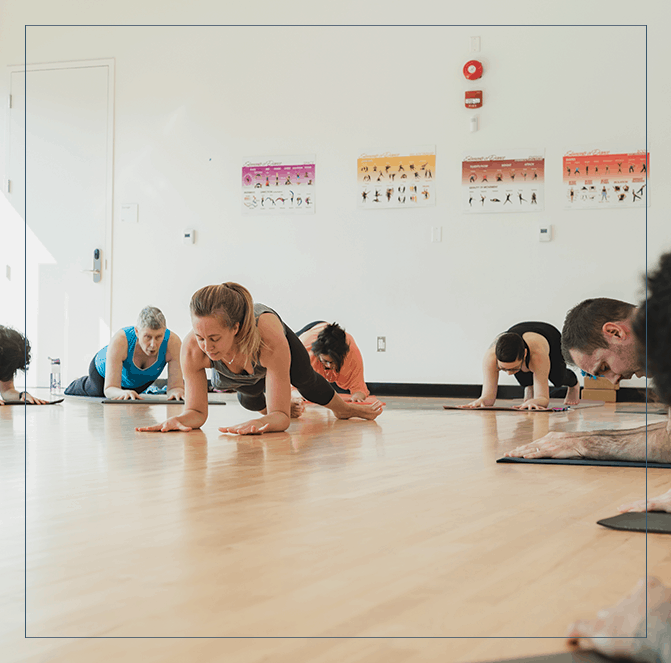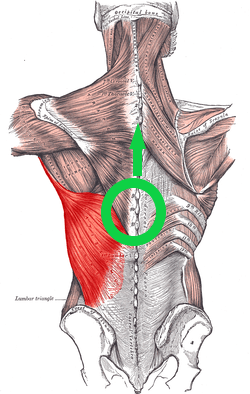
Yoga Detour : Integrated Upper Body
Cecily Milne is the mind behind yoga detour, movement education that encourages the yoga population to go beyond ‘nailing poses’. She immediately reminded me of Marlo Fisken – a “pole person” who’s actual draw is that she is a brilliant cuer, observer, and communicator of hows. Aside from being able to do ‘cool stuff’, they can break it down into a prioritized, applicable sequence so you can do it to. I attend workshops not to gain the skill, but the craft of teaching the skill.
The rules of governance regarding the body stand, regardless of which discipline you apply it to. How one organizes and presents information regarding movement of said body is what differentiates and distinguishes. The weekend immersion had four parts: I. Proximal Stability for Distal Mobility (or “What the @$*! does ‘engage your core mean?”), II. The Lower Body, Load, and Mobility (or “Why your glutes want to wake up, not shut down.”), III. Building an Integrated Upper Body (or “Reach up like you mean it!”), and IV. Floorplay. Each section was three hours long. Laying the course out for people to pick and choose their investment is smart and inclusive option.
The attentive mobility sequence was 1. Scapular stability, 2. Shoulder rotational capacity to support overhead flexion, and 3. Core centration or spinal stacking. My first instinct was that there was a lot of Functional Range Conditioning embedded, but then I quickly remembered nobody owns a copyright in teaching someone to control their shoulders. Using and editing what we find most effective is the entire premise behind teaching and learning. A clear distinction was made between the comparative parts of the hips and shoulders — the hips having primarily a bony articulation and the shoulders a soft tissue one.
Scapular depression and retraction coming from the lower lats and not the traps was a particular point of focus. Standing, with our hands upon the wall near shoulder height, we worked in pairs to “close the elevator” from the bottom instead of the top.

With as much forward lean as we could manage, we tried to keep the shoulder blade gathered at its southern end as we oscillated between closed (hand secured to wall) and open chain (hand floating).
Starting vertical, we increased the positional progression by getting to the ground and going prone. Gravity weighted the arms and steady retraction allowed us to lift the hands. The rotational sequence below, often known as ‘swimmers’, emphasized external rotation in multiple arm arrangements:
Letting the elbows bend is a precursor to pulling yourself into the floor via pushups.
Loading body weight unto the hands and zoning in on that scapular ‘hand pull’ toward feet, we eccentrically lowered to let the torso touch and long body rest. We then lifted the hand to isometrically extend the wrists, before pushing straight up (not forward) into an upward dog. The goal was to feel that armpit/bra strap sling the entire time.
The spinal organizational piece was delightful. The ingenious use of a chair let the user experience thoracic extension and lumbar flexion (opposite of how they are traditionally held) in different leverage points along the arms and elbows:
A bigger chair would be ideal, but the way of the improviser is to work with what we’ve got. Be wary of rib flare or collapse.
Putting the pieces together, we go from wall (with toes) to floor to handstand push. Not moving the hands and walking your feet as high as possible forces a rugged push through the floor. Once sound, we can orient the diagonal into a vertical line by crawling up the wall and looking for moments of foot hover.
The foundational concept of the course was the need for pulling actions in a push heavy practice such as yoga. Without hanging apparatuses and being limited to blanket pulls, scapular retraction, depression, and glenohumeral external rotation offer a means to bring balance to some often neglected musculature.



